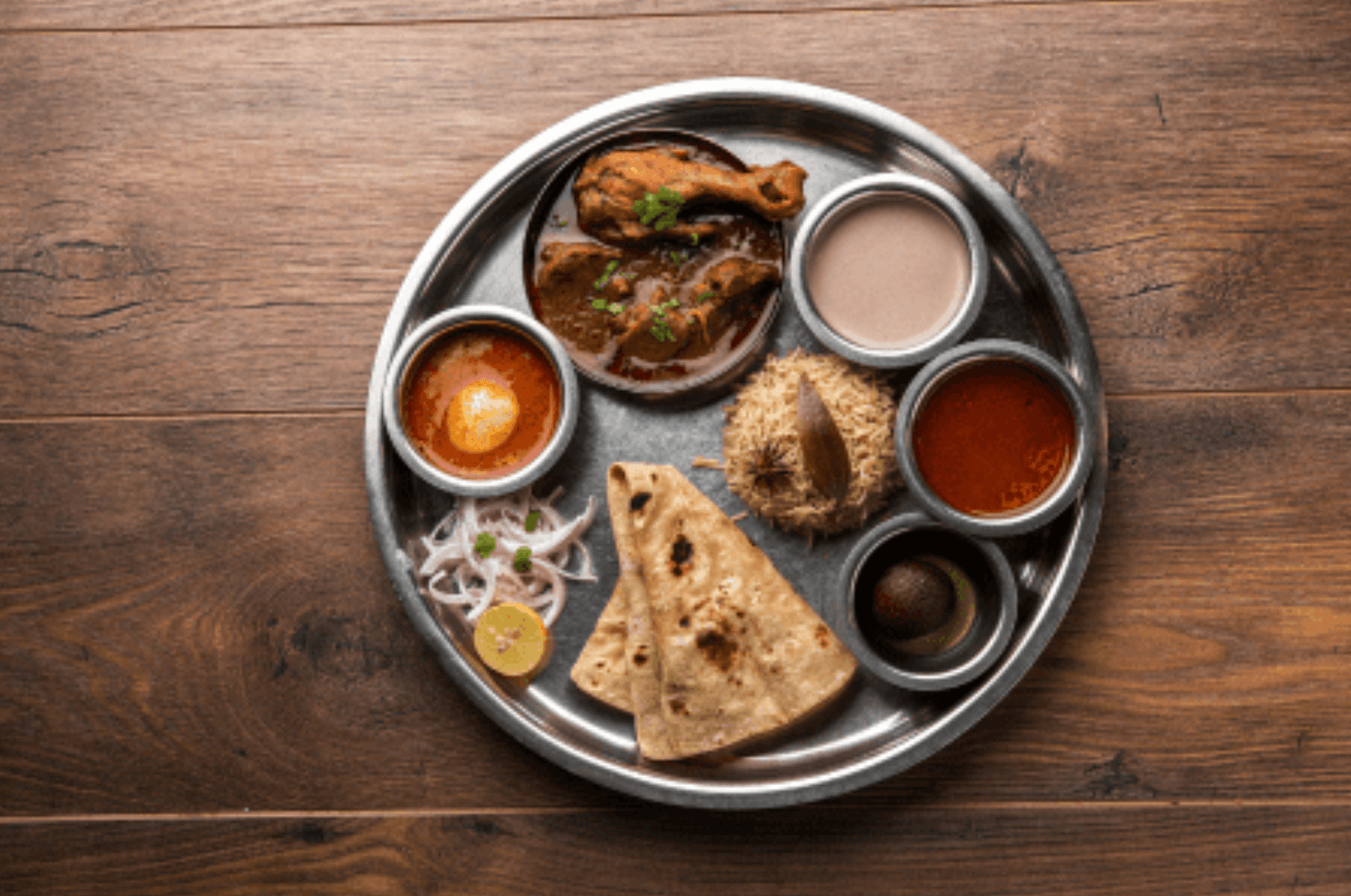3 ways to incorporate Ayurveda Dietetics in Everyday Life
Ayurveda has been a traditional Indian medicine since ancient times. Interestingly, it lays equal stress on maintaining a healthy life, as it does on treating various disorders. This emphasis on well-being makes it a unique medical system.

Food is one of three pillars (the other two are sleep and self-discipline) that are important to a long and healthy lifespan. The Ayurveda Dietetics Program at TDU seeks to educate, research, and inform on how Ayurveda-based food principles can be adopted for contemporary times. Here are three trans-disciplinary ways in which shastric (classical texts) advice on food can be explored for modern times.
Use ALL the five senses to enjoy your food.All of us are familiar with classifying food as fruits, vegetables, cereals, meat, or if you are a nutritionist, a little more specific as proteins, lipids, carbohydrates, and vitamins. But much before the development of this terminology, food was classified in a different way based on the sensorial appreciation of food using our eyes, nose, sound, touch, and tongue (the five senses), as well as how it affects our body i.e., metabolism. This system, called rasapanchaka, is for all materials, including medicines.
Pay attention to how foods make you feel Ayurveda teaches us that different foods affect each person differently. We're all unique, with our balance of three body types. The way food impacts us depends on our unique makeup, age, time of day, and season. The impact of food on an individual can be manipulated by choosing appropriate ingredients, processing methods, adding particular spices, and following specific food consumption behaviors.
At each mealtime, deliberately eat only to 70-80% fullness. Here is generic advice on portion size and rules for partaking food. “My plate” in Ayurveda would be 1/3rd solid, 1/3rd liquid and 1/3rd empty. This emphasizes eating the right quantity of food, specific to one's digestive capacity.
1/3 Solid Foods: Think of this as the core of your meal, including grains, veggies, and proteins. These foods give your body the nutrients and energy it needs. You can decide on the nutritional composition depending on your lifestyle and body needs. For example, it can have more beans, meats, and dals on gym days, while more veggies and fruits on other days.
1/3 Liquid Foods: This includes things like soups, broths, and herbal teas. They help with digestion and keep you hydrated, making it easier for your body to process solid foods. If you are looking to lose weight, diluted buttermilk or water, and if bulking up, a bone soup.
1/3 Empty: It's important to leave part of your stomach empty. This helps your digestion work better, prevents you from overeating, and keeps everything running smoothly.
Ultimately when it comes to food, all of us face choices. Carrot or beans? Rice or Roti? Chicken or mutton? Now or later? Fasting or indulging? Ayurveda offers us a framework to help navigate these choices. “Introduction to Ayurveda Dietetics” is a course to help you understand the framework. It will expose you to the vocabulary in Ayurveda about food, and serve as a primer to begin your journey in this medical science of “Ayu” or life!

Rethinking Periods: When Did Rest Become Restriction ?
Jan 8, 2026
Menstruation is one of the most natural processes of the female human body, yet it remains one of the most misunderstood. Across cultures-especially in India-it has been surrounded by silence, shame, and countless restrictions.
Read more
When a Baby Cries, the Body Speaks – Learning to Understand Your Child’s Silent Language
Jan 8, 2026
Children are often called a gift from God. When a baby is born, it feels like receiving a blessing
Read more
Plant Imperialists : The destructive case of Lantana camara
Jan 8, 2026
British gardening enthusiasts brought Lantana camara, a shrubby plant with spectacular inflorescence, to Kolkata around the 1800s. Surely, they enjoyed having colourful flowers around them and hoped to feel less homesick while they mass-occupied Indian land
Read more
Are Mock Meats Just a Modern Fad ?
Jan 8, 2026
“Mock meats” or meat analogues are often dismissed as a bizarre trend by many and countless memes have spawned from the internet’s apparent disdain for mock meats and their consumers.
Read more
Every packet has a story – the label tells the truth
Jan 8, 2026
When you go shopping for snacks, juices, noodles, or chocolates, the first thing that usually catches your eye is the colorful packet, the bold brand name, or maybe a tempting picture of the food. But behind all that marketing lies the real truth – and that truth is written in the food label
Read more
Meat in Ayurveda
Jan 7, 2026
Ayurveda, the ancient Indian system of medicine, gives importance to āhāra (food), vihāra (lifestyle), and vicāra (mental state) to maintain health. Among these, Ahara includes a wide range of foods, both vegetarian and non-vegetarian. Ayurveda is often glorified as ‘Satvik’ emphasizing vegetarianism. Meat-eating has been a part of Indian culture since time immemorial, and Ayurveda is no exception. Addressing the concept of meat eating in Ayurveda ensures that we give due regard to authentic texts and not view it with a lens of prejudice
Read more









